EdTech: An overview of the online education industry in IT

Introduction to EdTech

EdTech - Educational Technology is the intertwining of educational methodologies with technologies. This domain is concerned with the development and application of software, platforms and tools designed to improve the quality of education. This includes - from basic interactive whiteboards and educational games to sophisticated learning management systems (LMS) and artificial intelligence to personalize the learning process.
History of EdTech development

Early years: In the 1920s-50s, radio and TV were the main medium. They were used for distance education and the widespread dissemination of knowledge.
The rise of computers: In the 80's the first computer labs appeared in schools. The 90's brought the internet which became the new platform for education.
21st century:
- 2000s: Electronic learning platforms became more accessible and diverse.
- The 2010s: MOOCs (Massive Open Online Courses, or Massive Open Online Courses) offered quality education for all.
EdTech in today's world
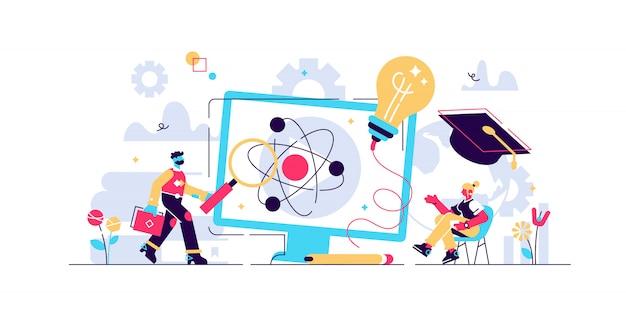
Now EdTech is not an add-on to traditional education, it is an integral part of it. From online courses and remote learning to intelligent assessment and analytics systems. This development fluffed up especially during the covid, when schools and universities were forced to switch to distance education.
Glossary of terms
- Adaptive Learning: Technologies that automatically adjust learning material and pace to the individual needs of the student.
- Gamification: The application of game design elements for educational purposes to increase student motivation and engagement.
- MOOC (Massive Open Online Courses): Large open online courses that provide access to education to a large number of people around the world.
- VR/AR-Supported Learning: The use of virtual and augmented reality to create immersive educational experiences.
- Intelligent Tutors: AI systems capable of simulating one-on-one instruction and providing personalized feedback to students.
- Digital Portfolios: Online platforms where students can store and showcase their work and achievements for teachers, parents, and potential employers.
- Learning Management Systems (LMS): Online systems that help teachers create, distribute, and manage educational content.
- Microlearning: An approach where educational content is presented in small, easily digestible portions.
- Interactive Learning: Technologies that allow students to actively participate in the learning process through interactive tasks, quizzes, and discussions.
- Blended Learning: A method of learning that combines traditional classroom sessions with online materials and interactive tasks.
Key technologies and tools in EdTech

The EdTech domain utilizes technologies and tools that have their advantages and disadvantages. The main ones can be categorized as follows:
Learning Management System (LMS)

Learning Management Systems (LMS) such as Moodle, Blackboard, and Canvas are designed to manage all aspects of the educational process, from distance learning to learning records.
LMS Pros:
- Scalability: Can serve from a few users to thousands, without increasing server load.
- APIs and integration: Most modern LMSs offer APIs for integration with other systems, such as accounting and assessment systems.
LMS cons:
- Technical glitches: Like any other online platform, prone to glitches that may result in loss of data or access.
- Complexity of set-up: May require specialized skills to set up and manage.
Interactive whiteboards
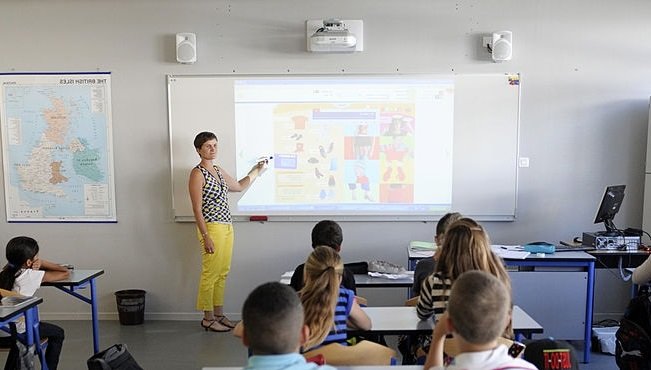
Smartboards allow instructors and students to interact with learning material interactively.
Smartboards Pros:
- Multi-user interface: Allow multiple users to interact simultaneously.
- Seamless integration: Integrate easily with other learning tools and systems.
Smartboards cons:
- High cost: Hardware and software are often expensive.
- Technical support: Specialized support is required in case of failures.
MOOC platforms
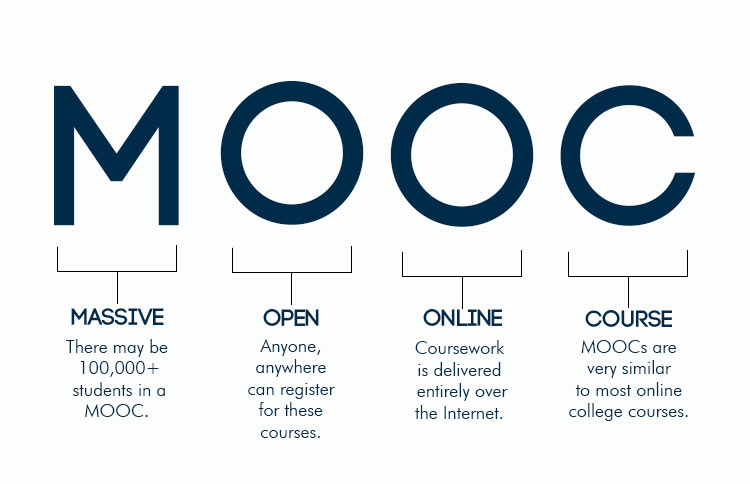
MOOC platforms such as Coursera, Udemy, and edX offer access to a wide range of courses from leading universities and industries.
MOOC Pros:
- Global Access: Available to users from all over the world.
- Adaptive Learning: MOE algorithms that tailor the course to the learner's needs.
MOOC cons:
- Certification: Do not always provide accredited certifications recognized by educational institutions.
- Internet Requirements: High-quality internet connection for multimedia elements
Artificial intelligence and machine learning
Used for educational personalization, analytics, and fraud detection.
Pros:
Personalization: Adapting the curriculum and materials for each student based on their profile and behavior.
Automation: From automatically checking homework assignments to recommending courses.
Cons:
- Data Privacy: Problems with storing and processing large amounts of sensitive data.
- Model complexity: Highly skilled experts are needed to create and train models.
VR and AR
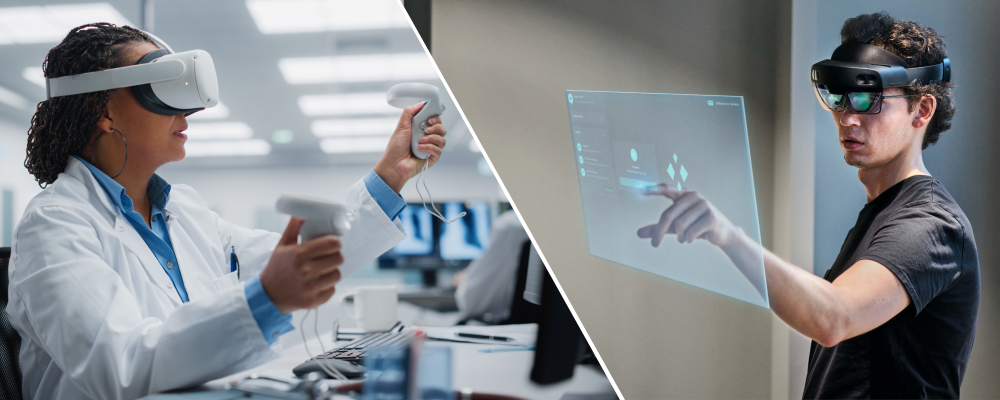
Virtual and augmented reality for simulations, training and interactive learning.
Benefits of VR and AR:
- Immersive: High levels of immersion and student engagement.
- Interactivity: Allow students to "play" with the material, making the learning process interactive.
Disadvantages of VR and AR:
- Equipment: Requires specialized, expensive equipment.
- Health Limitations: This may cause dizziness or discomfort for some users.
Mobile apps

Mobile Applications for Accessing Educational Materials and Courses on the Go
Advantages of Mobile Applications:
- Accessibility: Provide access to materials anytime and anywhere.
- Push Notifications: Allow users to stay updated on new materials and assignments.
Disadvantages of Mobile Applications:
- Limited Functionality: Do not always offer the full range of features available in a complete LMS.
- OS Dependency: Developing and maintaining applications for different operating systems can be labor-intensive.
Key players and products in EdTech

These companies and their products are significantly influencing the trajectory of the EdTech industry, making education more accessible, efficient and personalized.
Coursera
One of the largest online learning platforms, offers courses from leading universities and companies around the world. Made higher education available globally and introduced the concept of Massive Open Online Courses (MOOCs).
Udacity
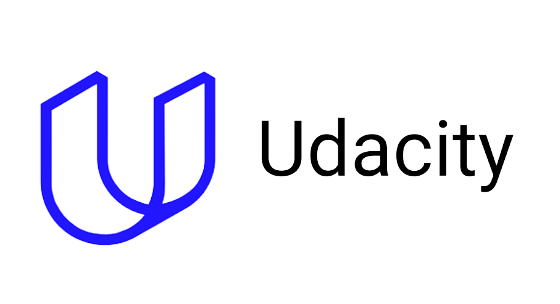
Focuses on professional training in areas such as programming, artificial intelligence, and machine learning. Shifts the emphasis from traditional education to the skills needed for the modern job market.
Khan Academy

Provides free educational materials and lessons for a wide range of subjects. Makes basic education accessible to everyone, regardless of social and economic status.
Duolingo

A language learning app that uses gamification to keep users engaged. Revolutionizes language learning by making the process interactive and fun.
Google Classroom
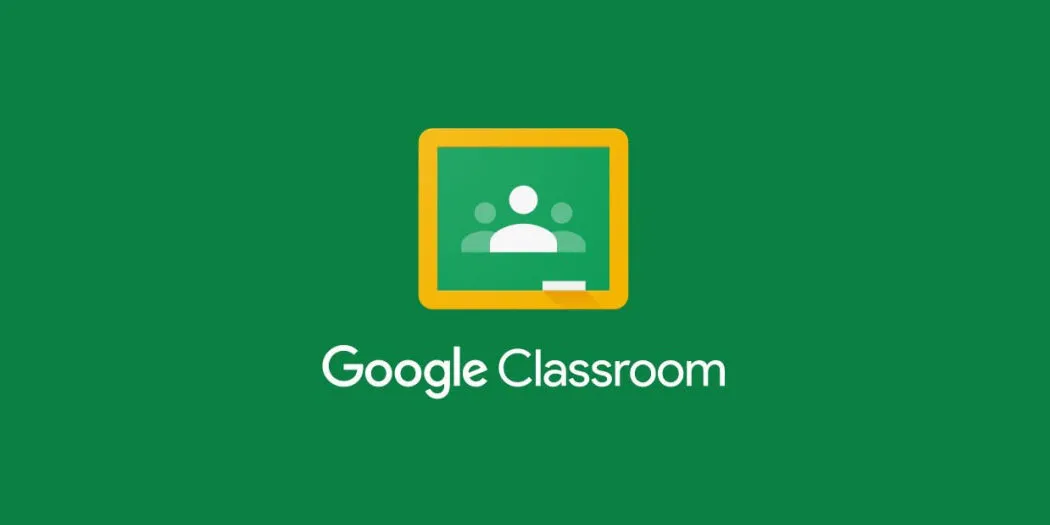
A free service for creating, distributing and grading assignments without paper. Forms an ecosystem for educational institutions and integrates with other Google products to facilitate distance education.
Blackboard

A learning management platform used by many educational institutions. Set standards for learning management systems, especially in higher education.
Quizlet
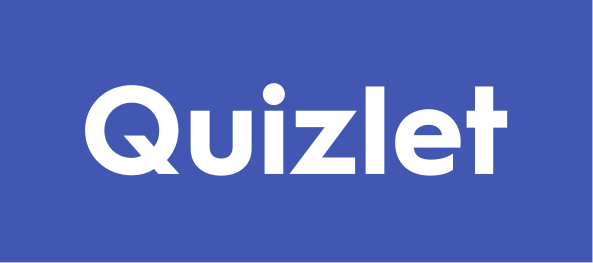
Offers tools for creating flashcards, tests, and learning games. Promotes active learning methods and self-learning.
Edmodo
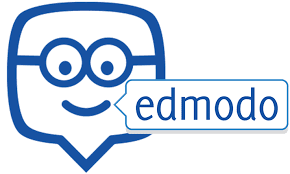
A social platform for teachers, students, and parents that allows them to share assignments and grades. Promotes interaction between all participants in the educational process.
Rosetta Stone

Language learning software. One of the first products to apply technology to language learning, setting the standard for this niche.
Canvas

Another popular learning management system that offers a wide range of tools and integrations. Bringing innovation to the learning management space with more flexible and intuitive solutions.
Udemy
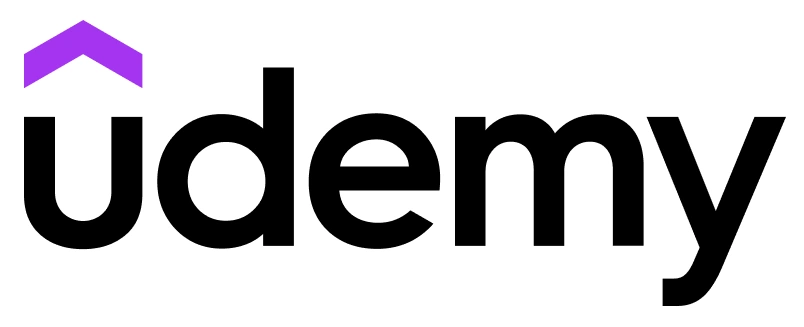
An online learning and teaching platform with a wide range of courses on various topics. Allows everyone to become a teacher and monetize their knowledge.
LinkedIn Learning
An online learning platform that provides video courses on various professional skills. Integrated with LinkedIn profile to help students stand out in the job market.
Features of development in the EdTech domain

Specific requirements in EdTech

Adaptability and Accessibility
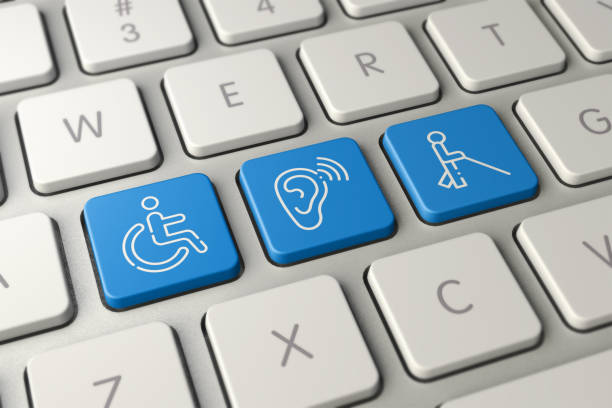
In EdTech, one of the key requirements is to create platforms that are easily adaptable to different user needs. This could mean integrating multilingual interfaces, creating versions for visually or hearing impaired users, and so on.
More details can be found in the WCAG specifications.
Personalization

Personalization in EdTech is often achieved through the use of machine learning algorithms that analyze user behavior and provide personalized content or learning paths.
Security Issues in EdTech
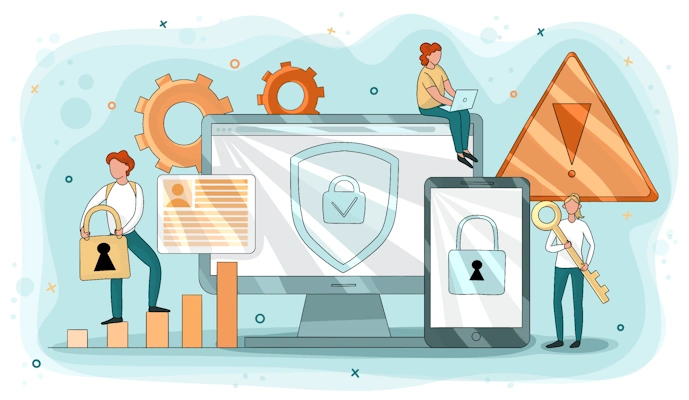
Data protection
- Encryption: Uses on-the-fly and on-disk data encryption to protect information from unauthorized access. It is recommended to use strong encryption algorithms, for example, AES-256.
- Two-factor authentication (2FA): This mechanism provides a second layer of security after entering your password, significantly reducing the risk of unauthorized access.
- Monitoring and auditing: monitoring and auditing systems to track all data operations and the ability to recover them in the event of an incident.
Аутентификация и авторизация
EdTech platforms usually have different levels of access: for students, teachers, and administrative staff. Each of these groups has its rights and restrictions that need to be established.
Technical Aspects:
- Role-Based Access Control (RBAC): Systems often use role-based models to manage different access levels. For example, students can view and complete assignments, teachers can create and grade assignments and administrators can manage the entire system.
- OAuth and SSO (Single Sign-On): These technologies allow users to use a single profile to access various services, simplifying the authentication process, but require special care in storing access tokens.
- Security Policies: To define which operations are available on certain objects, ACL (Access Control Lists) or other security policy mechanisms can be used.
Regulation in EdTech

Regulation in EdTech is an important aspect that has a direct impact on the development and operation of educational technologies. Because this domain frequently interacts with sensitive data, such as student and faculty personal information, regulatory requirements for data security and privacy in this domain are particularly high.
Legislation
Different countries have different laws governing EdTech. In the US, for example, this is FERPA (Family Educational Rights and Privacy Act), a law protecting the confidentiality of student records. In the European Union, the General Data Protection Regulation (GDPR) applies.
Safety Standards
There are also security standards, such as ISO/IEC 27001, which set requirements for information security management systems (ISMS). These standards can be applied to EdTech platforms to ensure a high level of data protection.
Certification
Some educational products must undergo a certification process to be approved for use in educational settings. This can be either state accreditation or international quality standards.
Technical aspects of regulation:
- Logging and Monitoring: Detailed logs of data access and usage are required to enable auditing.
- Data Loss Prevention (DLP): DLP systems prevent the leakage of sensitive data as part of data regulation requirements.
- API Security: If a platform provides an API for third-party developers, it must adhere to strict security standards such as OAuth for access tokens and Rate Limiting to prevent abuse.
Trends and future in EdTech

Microlearning и Just-in-Time Learning

Microlearning
Microlearning is a method of education where information is broken down into short, easily digestible modules. This requires the development of adaptive algorithms and user-friendly interfaces to effectively deliver material to students.
Just-in-Time Learning
Just-in-Time Learning provides information "on demand," offering relevant content when it is most pertinent for the user. This necessitates integration with other systems and solutions for quick access to needed materials.
Impact on Development in EdTech:
- Adaptive Algorithms: Both approaches require complex algorithms for personalized learning.
- Security and Privacy: It is important to pay attention to data protection, especially in Just-in-Time Learning, where access to sensitive information may be necessary.
- Performance: Systems must be capable of quickly processing requests and delivering materials, which poses a challenge for performance optimization.
- Interface and User Experience: For effectiveness, both approaches require a convenient and intuitive design.
Gamification
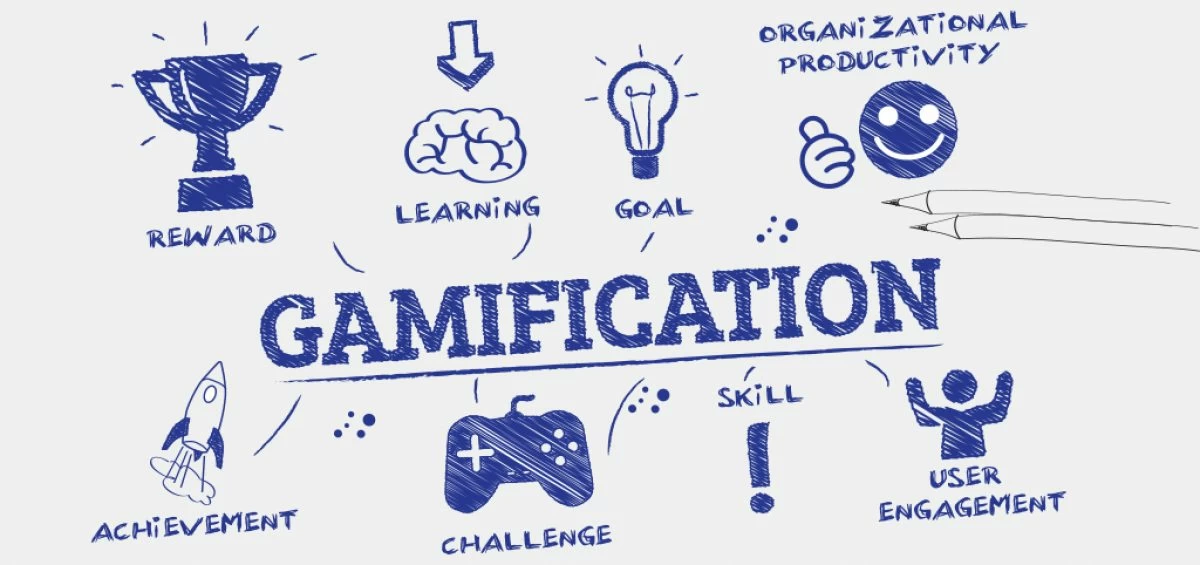
Gamification is the application of game mechanics and elements to non-game processes to increase their effectiveness and interest. In EdTech, this may include reward systems, points, tournaments, and so on to make the educational process more attractive and motivating.
- Impact of gamification on development:
- Interface Design: Gamification requires developers to create interactive and dynamic user interfaces that support game elements.
- Analytics and monitoring: The introduction of game elements is usually accompanied by the collection of data on user behavior, which requires developed analytical tools.
- User Adaptability: Gamification often relies on personalization, making it necessary to use machine learning algorithms to adapt to the individual needs of users.
- Social Integration: Many gamified systems include elements of social interaction, such as leaderboards or team challenges, which require safe and effective integration of social features.
- Security: Since gamification can involve the collection and analysis of user data, security and privacy issues become even more pressing.
Expanding the role of social networks

Social platforms are becoming a place for informal education and knowledge sharing.
How does this Impact development? The need for integration with social networks, implementation of communication and collaboration functions.
Learning through the Internet of Things (IoT)
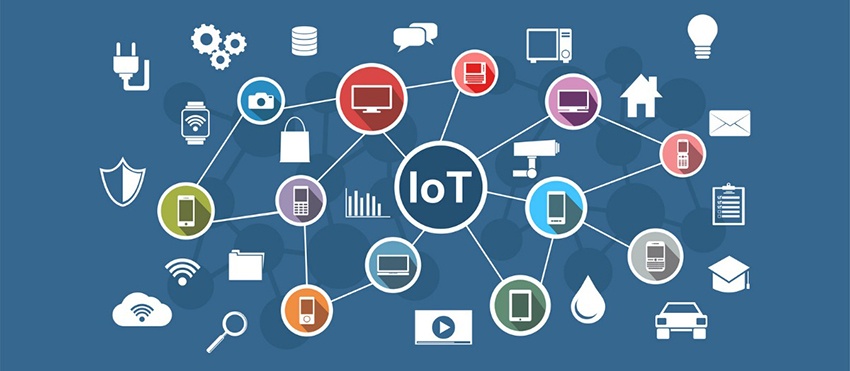
IoT devices, such as smart boards or sensors in laboratories, can collect data to analyze and improve the educational process.
How does this Impact development? Difficulty in interacting with different types of devices, securely storing and processing data.
Artificial intelligence

AI is used to analyze large amounts of data about students and adapt educational programs to each individual. This allows teachers to focus on the complex aspects of teaching while minimizing routine work.
How does this Impact development? The a need to implement machine learning algorithms and create user interfaces that allow teachers to interpret analytical data.
Conclusion

Educational technology, or EdTech, is a dynamic and rapidly evolving domain that weaves together some interesting and challenging aspects. From security and regulatory issues to the application of the latest technology trends such as artificial intelligence, microlearning, and gamification, EdTech has several specific approaches and methodologies in the field of software development.
The article reviewed the key technologies, methodologies, and requirements that shape modern EdTech. Given the rapid pace of change in this industry, it is important to stay updated with the latest trends and adapt methods and approaches accordingly.
